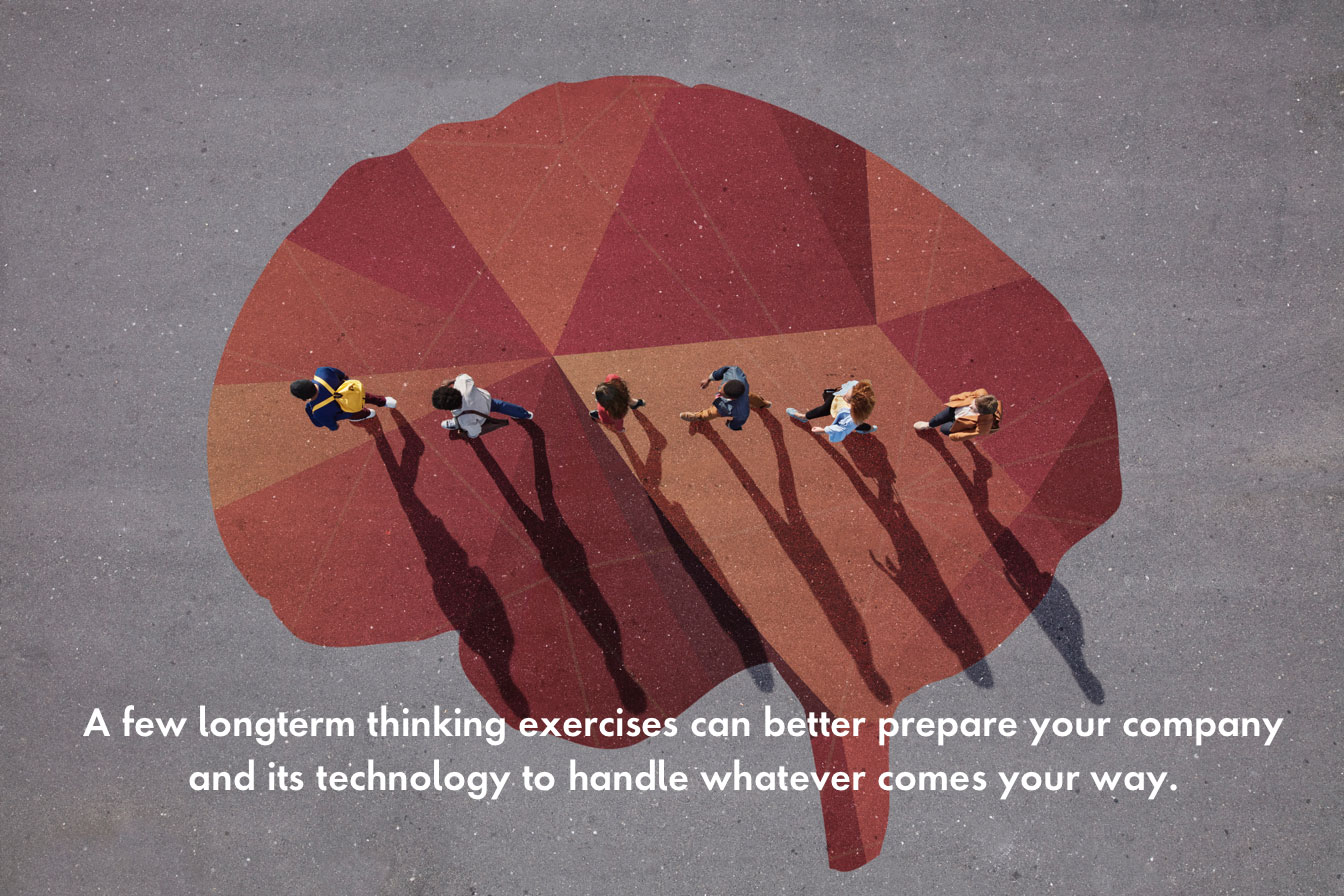In February 2003, Amazon CEO Jeff Bezos presented a TED Talk in which he discussed the early days of electricity. Wire and other infrastructure were being built to connect every city and country around the world. During this time, no one talked about electricity. They called it “lighting.” No one could have conceived or predicted the future of electricity and its many uses, but it turned out to be the “platform” for countless industries and inventions.
Similar to the early days of electricity, new types of infrastructure are enabling opportunities for digital disruption and expansion (e.g. cloud or 5G networks). Barriers to distributing digital solutions to a global audience are far lower than they have ever been. And startups are not the only threats to market share for established products and organizations; big tech has figured out how to leverage their audiences, engagement models, marketplaces and software as a platform to enter new industry verticals at will. How will incumbent enterprises adapt? The solution to this problem lies between people and technology.
What's a platform?
Technology companies are combating disruption with “marketplace ecosystems” that have powerful digital offerings, such as advanced product discovery and distribution methods. This allows smaller producers to participate in an ecosystem that attracts a massive audience from day one.
Producers aren’t the only beneficiaries. Customers get access to more product selection, improved relevance, convenience and competitive pricing (see “Jeff Bezos’ Virtuous Cycle”). Customers have evolved to expect the convenience and/or engagement enabled by the likes of Amazon, Google, Uber, Airbnb, Facebook and Apple, which have proven powerful for business. These companies have leveraged their technology platforms to increase customer value for existing products, drive loyalty and trust, allow others to build customer value within their ecosystems, scale quickly into new markets/industries and sometimes invent new industries. They are able to do this with strong platform and product strategy and development.
A platform is not just flexible data and technology. At a minimum, all platforms must provide a useful function/service, third-party access and governance, but successful platforms must couple that with the right business strategy, product assortment and support for producers and consumers. That said, ultimately you don’t get to decide you are a platform, the market decides that for you.
The goal should be to allow for product teams to leverage the work, data and learnings of others in the ecosystem. What distinguishes product technology from platform technology is that it provides capabilities that are not specific to any one business unit. This expands the support first-party product teams can provide to encompass third-party platform participants as well as customers. Platform participants can leverage shared capabilities like analytics, performance, payment systems, fraud detection and personalization models. These foundational capabilities give digital releases a seamless guest experience and a leg-up against niche players that introduce similar products without these more mature “baseline” capabilities. These amplifiers improve the customer experience, increase demand to engage and participate, and attract more sellers – improving assortment options and competition for a more sustainable ecosystem.











